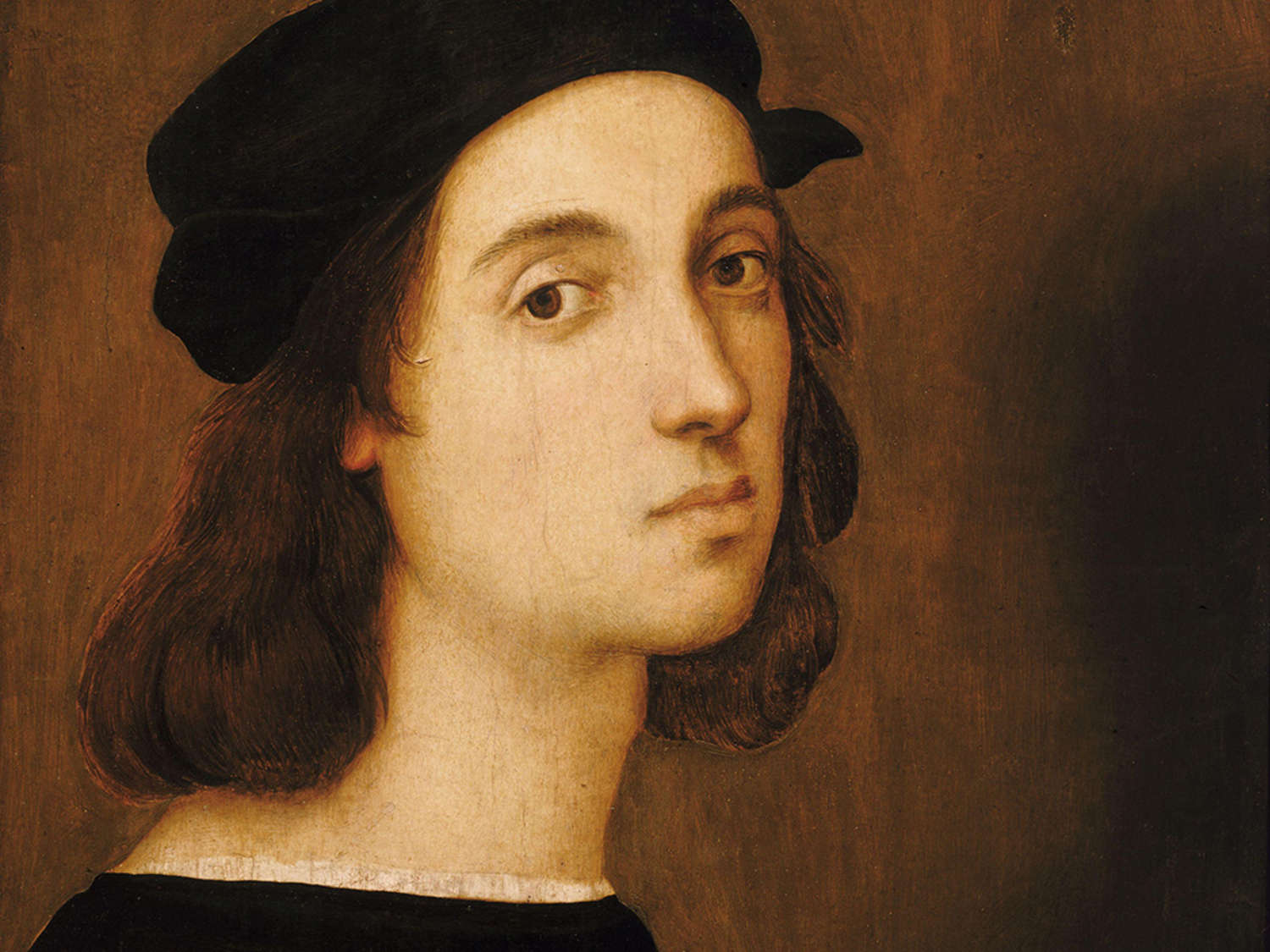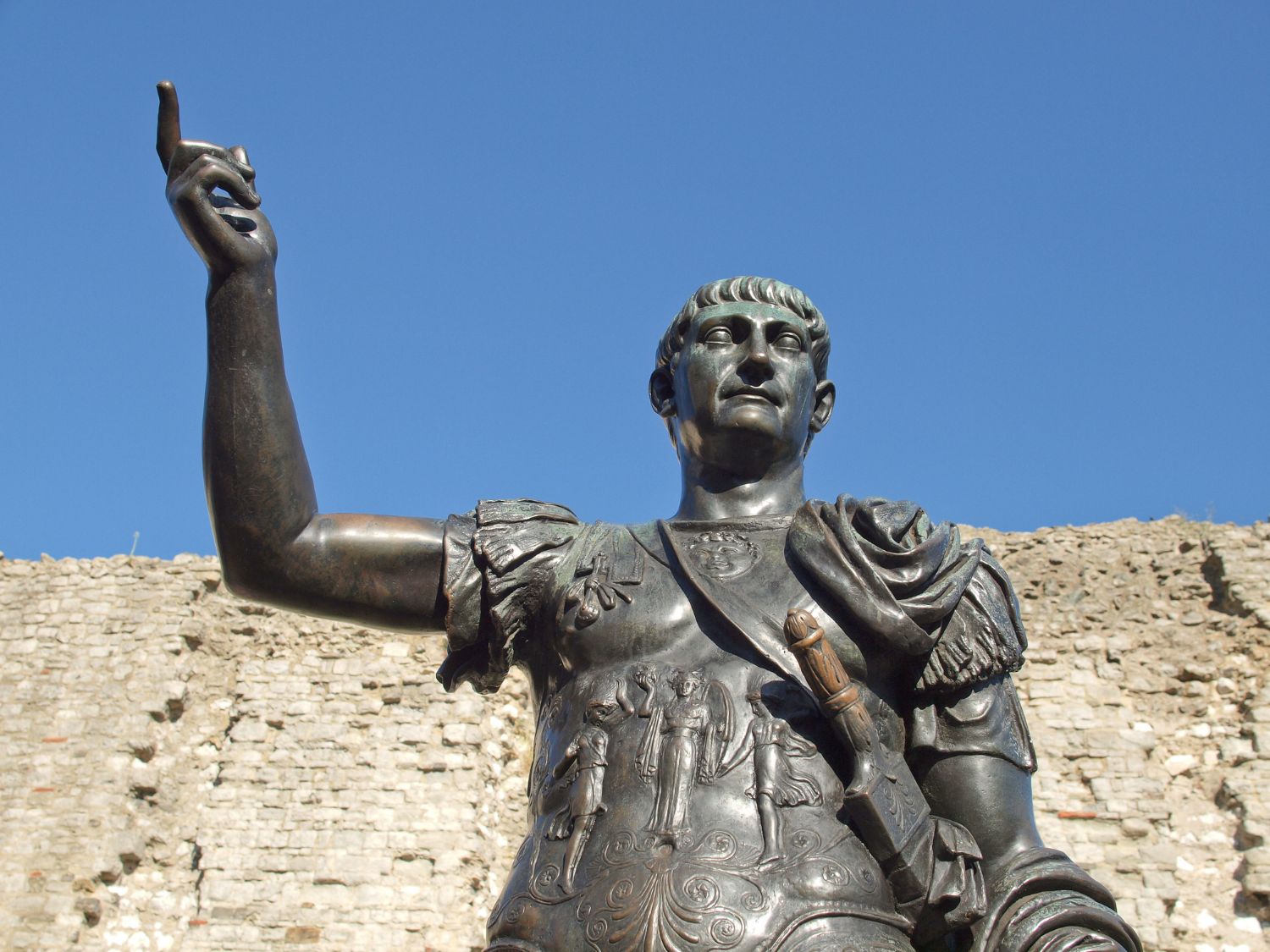Between the 500th commemoration of da Vinci’s death last year and Raphael’s same anniversary this year, the world’s awash in retrospectives of the two High Renaissance masters. Needless to say, we couldn’t be happier: twelve months of museum-hopping is catnip to our curiosity.
We took the occasion to sit down with four Context art historians—Livia, Jose, Janet, and Hilary—all of whom have been instrumental in designing our new Raphael at the Scuderie del Quirinale and Raphael in Rome tours, to get their scholarly scoop on Signore Sanzio:
Tips from the Top: What’s your favorite work by Raphael?
Livia: The 1513 "Madonna della Seggiola" in Florence’s Palazzo Pitti. I love the beautiful Virgin being painted as a sweet young mother showing love and care for the Child.
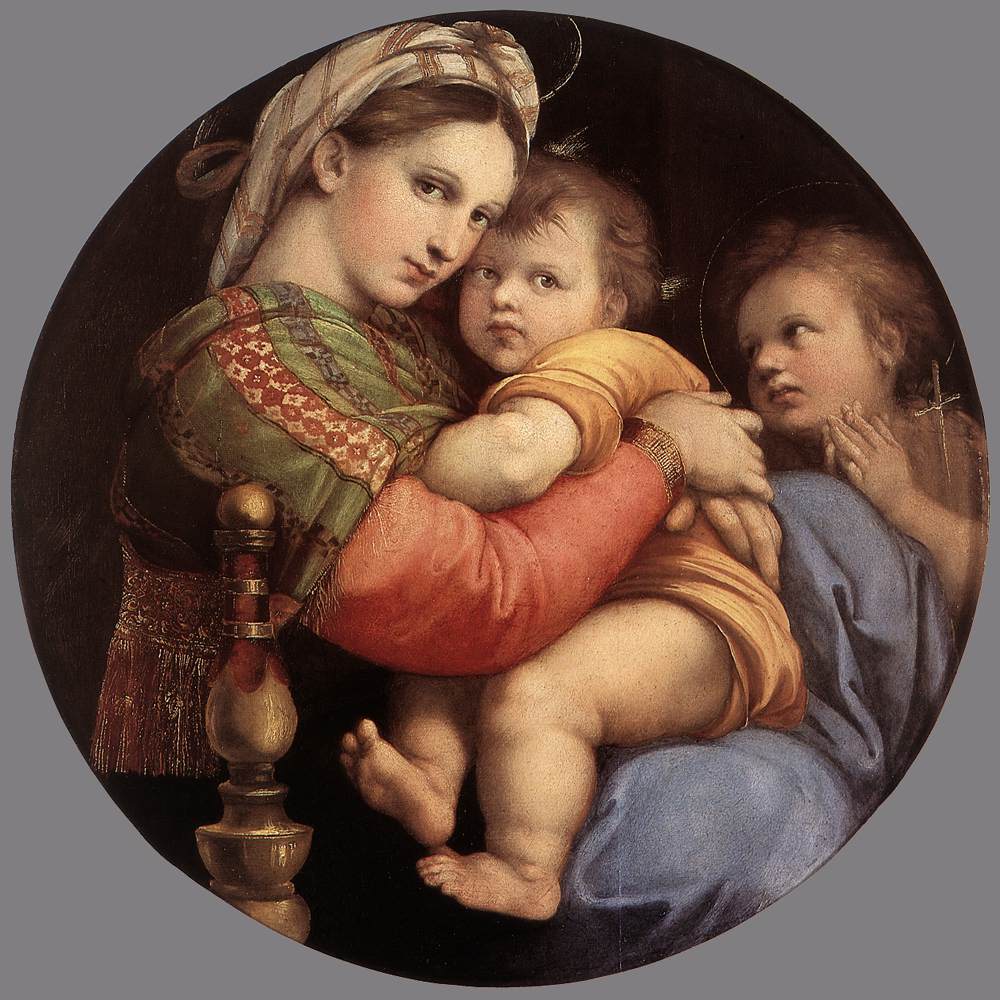
Hilary: I’m a big fan of the "Baglioni Deposition", though I also enjoy "The Prophet Isaiah"(1511-12) in the Church of Sant’Agostino in Rome. The donor patron of Isaiah was the Head Chancellor of the Papal Court, Johannes Goritz of Luxemburg. Ruffled by what he considered to be an exorbitant price for the Raphael painting, Goritz solicited Michelangelo for his opinion of its worth. Michelangelo—rarely one to acknowledge genius in others—looked at the painting of his chief rival, and simply commented, "For that knee alone, it is worth the price.”

Jose: "The Baglioni Deposition" (in the Galleria Borghese). This work has so many interesting stories attached to it, including how the Borghese Pope and his nephew Scipion removed it from its venue in Perugia and appropriated it, making it part and parcel of their great collection. An oil painting on wood, the work was commissioned by one Atalanta Baglioni, a rich lady in Perugia who had lost her son in the context of a Romeo and Juliet war between family branches. This young man, named Griffone, was painted as the figure of the central 'friend of Jesus,’ dressed in green and red. In addition, the figures' grouping would have been seen as a sort of erudite reference to the burial groupings of ancient heroes like Achilles or Hector. In short—Raphael thoughtfully juxtaposed the Christian image of the burial of Jesus with a composition derived from Pagan sarcophagus tombs of Caesars’ Rome.
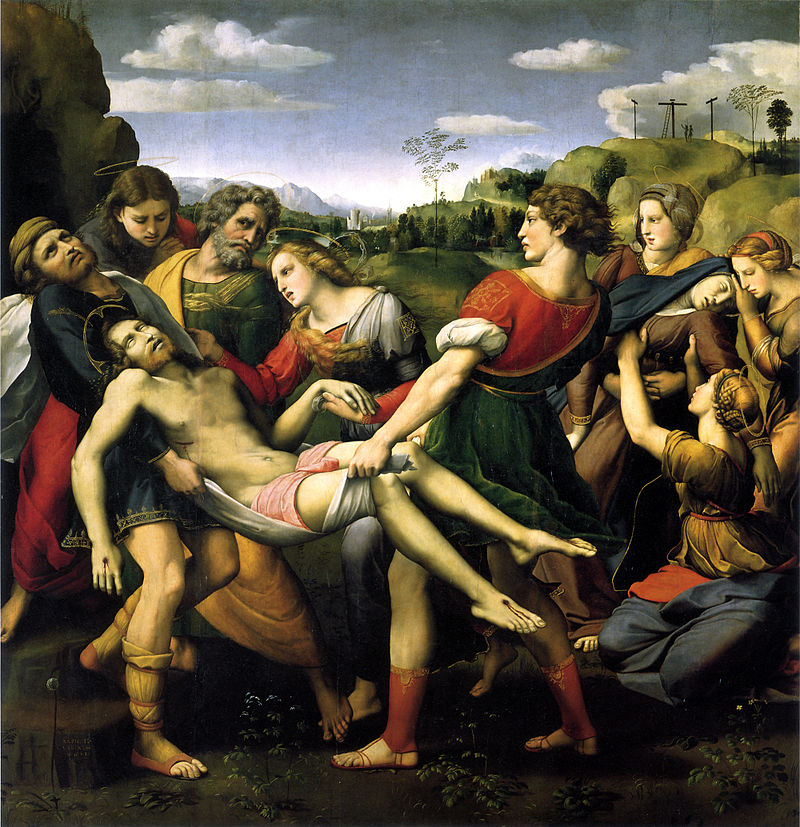
Janet: "The Expulsion of Heliodorus from the Temple"(1511) in the Vatican’s Raphael Rooms. Raphael includes himself in the fresco as one of the litter bearers of Julius II—he’s the second figure directly under the extended “pointing” finger of Julius’ left hand. We see a mature, dark-haired young man, more filled out and muscular with an almost fully grown thick black beard. It’s no wonder, looking at this very corporeal, sensuous Raphael, that the artist had quite a reputation as a womanizer.
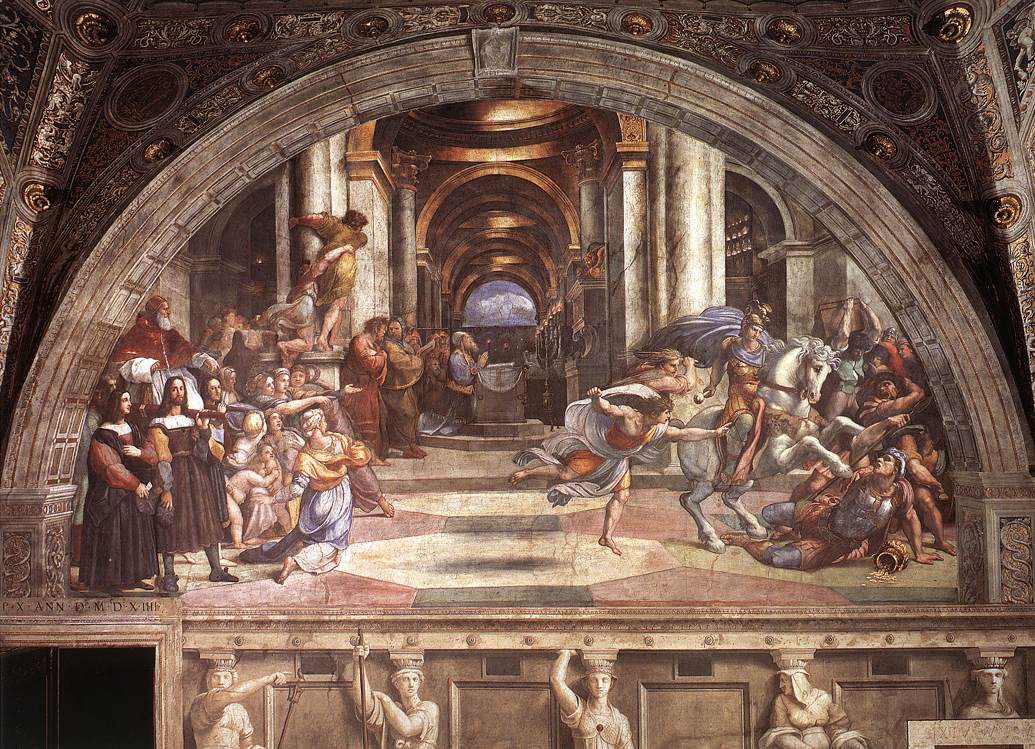
The Renaissance Rumble: Raphael vs. Michelangelo, Raphael vs. da Vinci. Who wins?
Livia: Raphael was a gentle soul—kind, amiable, extremely good looking and eager to learn from others. Michelangelo was, on the other hand, a spiky, difficult misanthrope, jealous of his creations. Leonardo was the elder of the three and from him, Raphael mostly learned the great innovation of the ¾ portrait and the sfumato landscape.
Hilary: The rivalry between Michelangelo and Raphael for the patronage of Julius II was well-known and constant. Though, if Michelangelo’s response to Raphael’s The Prophet Isiah fresco is any indication (see above!), their relationship was one of extreme mutual respect.
Janet: A lot has been made of Raphael’s father’s insistence that he be breast-fed by his mother rather than a wet nurse, and that his father, himself a painter, could respect his son’s talent, arranging a crucial apprenticeship with Perugino that began Raphael’s career. Raphael’s mother died when he was 8 and his father when he was 11. Despite an early loss of his parents, it’s generally accepted that Raphael’s relatively stable childhood was integral to his success.
I’m not sure our era would call him a womanizer, but Raphael had relationships with many women, though reportedly there was one who was a constant in his life up until his death. This may have been "The Fornarina", whose identity is still a mystery because of Raphael’s secrecy. Though she is acknowledged at his Pantheon tomb, he seemed uninterested in the woman to whom he was betrothed.
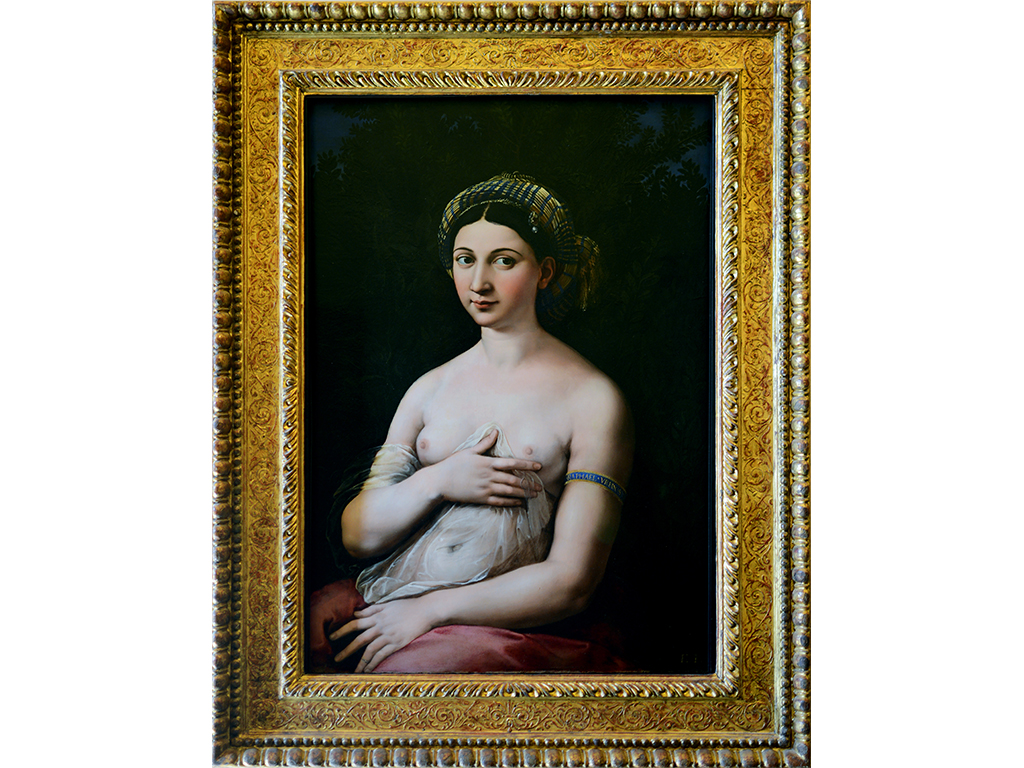
Both Michelangelo and Leonardo were found to differ greatly from Raphael in their psychological profiles. Michelangelo, who was sent out to a wet nurse as an infant and whose father actively blocked his son becoming an artist, had conflicting relationships with patrons (father figures) and fellow artists throughout his life. His depiction of women was seen even by his contemporaries as more masculine than feminine, and his works in later life remained unfinished. Leonardo also had issues with procrastination and completion of his works.
Jose: In 1504 Raphael arrives in Florence, where he not only sees Michelangelo’s "David" in the Piazza della Signoria but also witnesses the great painterly wrestling match that Michelangelo and Leonardo fought out when completing two side-by-side paintings in Florence’s Palazzo Vecchio (those were later covered over by Giorgio Vasari’s frescos, a decision that has haunted art history ever since).

From those two influences, Raphael learned about musculature and the heroism of nudity (an ancient tradition, greatly reawakened from the 1400s on in Tuscany, and something that lasted well into the 19th century in artists such as Ingres, Delacroix, and David). But he also learned about psychological depth and spiritual introversion, going on to paint so many Madonnas with immense inner worlds in their eyes and gaze. Raphael, in some way, reaches his peak from those conversations short and long, gracious or abrupt, with those two genius figures. In many ways, Raphael tied up and assimilated so many of Leonardo and Michelangelo’s traits into his own style, as well as incorporating the sense of courtesy and poetry that he learned from his own father, Giovanni Santi.
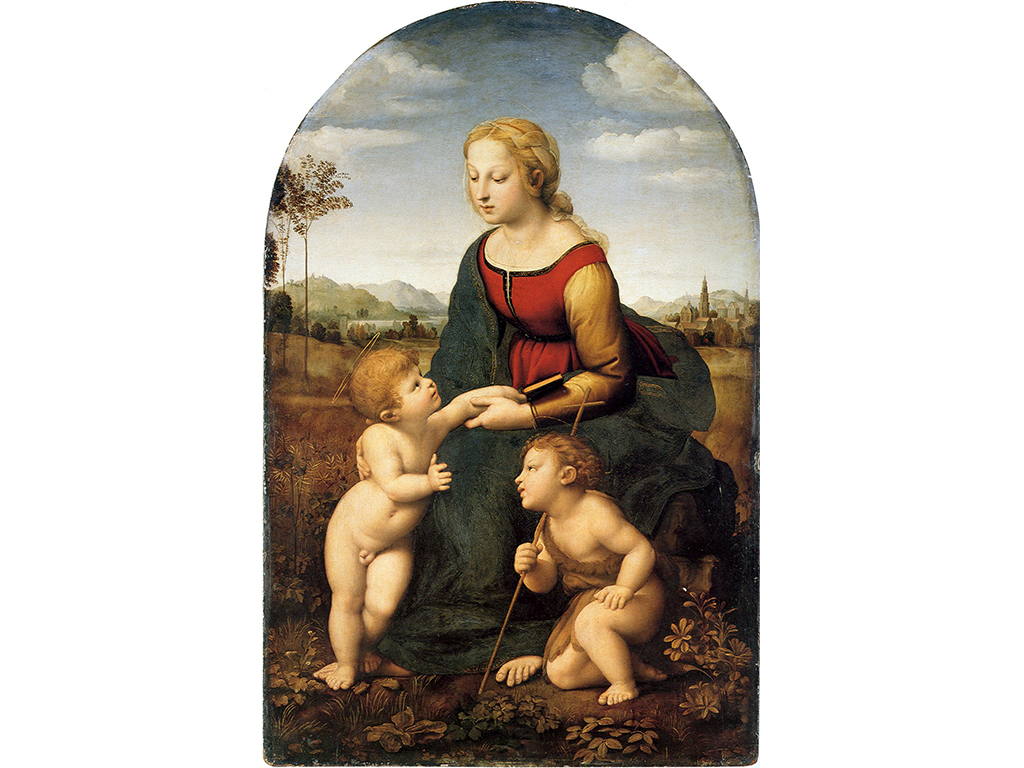
I would have to say in closing that it’s this seal of the elegant and the graceful that marks Raphael’s prolific output, and is in many ways a tribute to his family as well as to his own understanding of Man. He was the Vitruvius Man made flesh, but, oh so much more.
